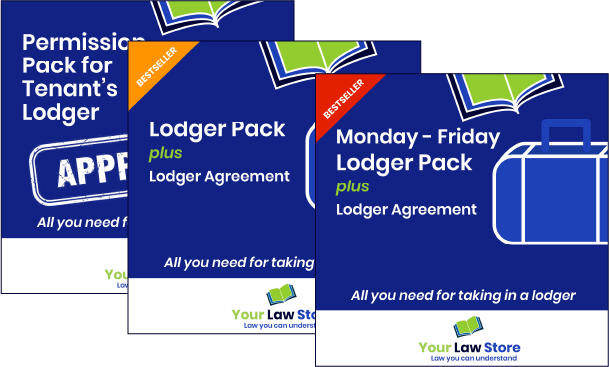Do you have the right furniture and furnishings?
Your legal obligations
So far as legal matters concerning furniture are concerned, the most important thing you need to know is that all furniture must comply with the Furniture and Furnishings (Fire) (Safety) Regulations 1987 (and the amendments made in 1988).
Basically, these say that all furniture must be fire safety compliant and carry the proper labels.
Items covered include
- padded headboards,
- sofas,
- mattresses,
- pillows,
- cushions,
- nursery furniture and
- cloth covers on seats.
Some items are exempt, in particular furniture made before 1950, duvets and sheets. (You will find some further information here, or have a word with your local Trading Standards Officer, who will have lots of leaflets).
If you are buying new furniture, you won’t have a problem, as it will have to be compliant or the shop won’t be allowed to sell it. There are special companies who provide packs of furniture for landlords, so if you are furnishing your lodger’s room from scratch, some of these may be suitable for you.
If you are looking to save money, second-hand shops are a good place to find suitable furniture, or you can try eBay – but don’t forget the furniture regs!
What to provide
This is really up to you, provided you comply with the regulations.
However, neutral colours are generally a safe bet and are least likely to put people off. Having a good quality carpet can do a lot for the appearance of a room, but make sure it is a neutral colour and hardwearing.
For those on a budget, you can often get very nice cheap offcuts in carpet warehouses. But be warned, laying carpets is not easy! So unless you can get it fitted professionally, it may be easier to get a large rug.
So far as walls are concerned, neutral colours such as white, Magnolia or light grey are common choices by landlords. However, so long as the decor is unobtrusive, fresh and clean, it should be all right.
In almost all cases, you should provide the following:
- A comfortable bed. Fit a waterproof mattress cover to protect it from stains.
- A desk or computer workstation, with a lamp or good overhead lighting, and a chair
- Bookcases, or shelves on the wall
- Lots of storage space for clothes and other items
- A bedside table with a lamp and perhaps a clock radio
- Some form of heating
It is best to get new electrical items if you can afford it, and make sure you keep the receipts and instruction books. If you can’t afford new items, you should try to get them tested (known as PAT for Portable Appliance Testing) before use so you can be sure that they are safe.
Have a think about what you are going to do about pictures. If you don’t want the lodger to use nails or blue tac (or similar), consider having a picture rail with hooks or a pinboard or notice board.
Generally, the room should be bright and cheerful and spotlessly clean (at least before the lodger moves in!).
Some landlords make a practice of sleeping at least one night in the room when getting it ready to get a feel for what is needed and what will be convenient for your lodger.
Even if you do not go this far, try to think things through so the room is as good as you can afford.
Important note
This guide ONLY deals with lodger agreements where you are renting a room to a lodger in your own home.
If you require information about tenancies with resident landlords and Welsh occupation contracts, you need the Landlord Law site.
